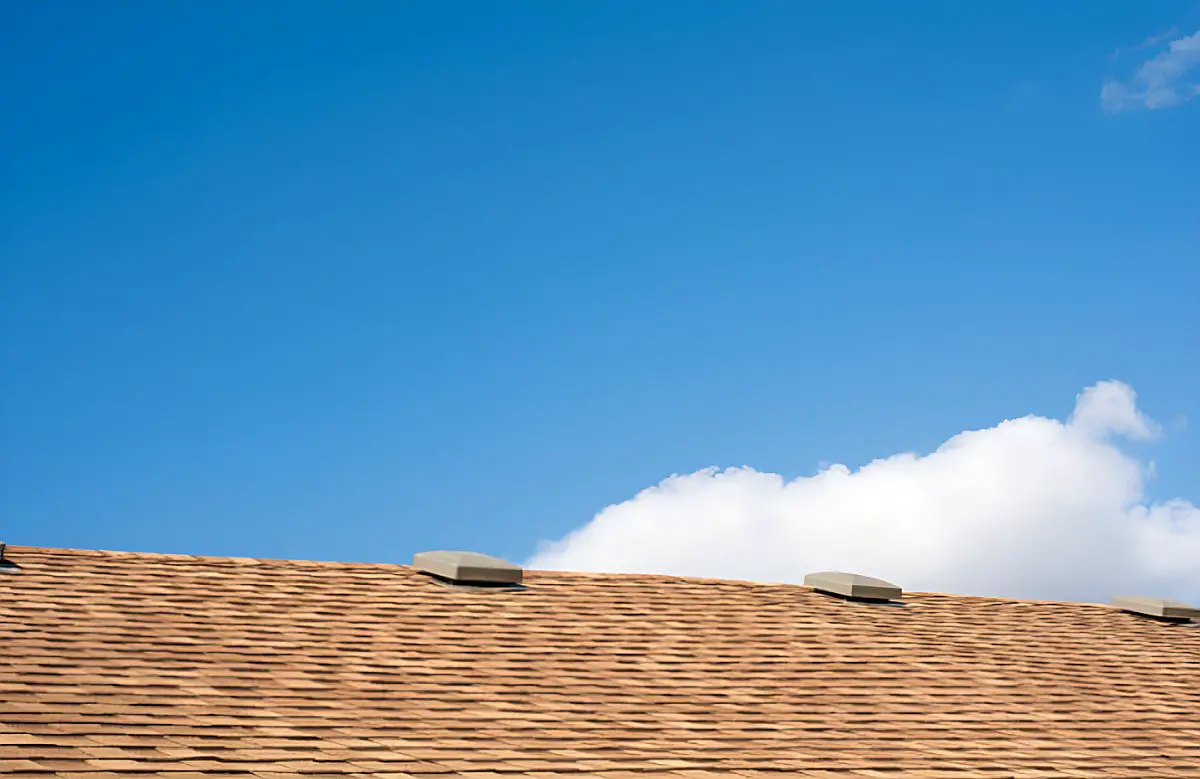Last Updated on: 29th March 2023, 11:20 am
Ensuring proper roof ventilation is a critical aspect of maintaining a healthy, energy-efficient home, as highlighted by Energy Star. Low profile vents have emerged as a popular and effective solution, providing a range of benefits for homeowners. These unobtrusive vents not only help regulate temperature and humidity levels in your attic but also contribute to an aesthetically pleasing appearance for your roof.
Why Are Low Profile Vents Beneficial for Your Roof?
Energy Efficiency
Low profile vents play a vital role in regulating attic temperature, which ultimately reduces the workload on your HVAC system and results in lower energy bills. By facilitating the escape of hot air during summer months and minimizing moisture accumulation in winter, these vents contribute to maintaining a comfortable and healthy indoor environment for your home.
Aesthetic Appeal
One of the standout benefits of low profile vents is their unobtrusive appearance. These vents are specifically designed to integrate seamlessly with your roofline, imparting a sleek and modern look to your home while maintaining optimal functionality. This aesthetic enhancement can also potentially increase your property´s curb appeal.
Are There Any Drawbacks to Using Low Profile Vents?
Potential for Inadequate Ventilation
Despite the numerous advantagesof low profile vents, they may not offer sufficient ventilation for larger homes or those with unique roof designs. As a result, it´s crucial to consult with a professional roofing contractor to assess your home´s specific ventilation needs and ensure prop er airflow is achieved.
Instalation and Maintenance
Compared to traditional vents, low profile vents can be more complex to install and maintain. However, when installed correctly and maintained regularly, their effectiveness and durability can be maximized. It´s essential to work with a skilled roofing professional to ensure your low profile vents are installed and serviced properly to achieve the best results for your home.
Which Types of Low Profile Vents Are Available for Your Roof?
How Do Ridge Vents Work, and What Are Their Pros and Cons
What are ridge vents, and how do they work? Ridge vents are instaled along the peak of your roof, allowing hot air to escape and cool air to enter through soffit vents.
Pros and Cons of Ridge Vents
Ridge vents offer a uniform, discreet appearance and provide excellent ventilation for most homes. However, they may not be suitable for roofs with limited ridge length or complex designs.
What Role Do Soffit Vents Play in Roof Ventilation, and What Are Their Pros and Cons
How can soffit vents help with roof ventilation? Soffit vents are installed in the eaves of your roof,a llowing fresh air to enter your attic and push hot air out through ridge vents.
Pros and Cons of Soffit Vents
Soffit vents are easy to install and maintain, but they may not provied adequate ventilation for larger homes or specific roof styles.
What Sets Flat Roof Vents Apart, and What Are Their Pros and Cons
What makes flat roof vents unique? These vents are specifically designed for flat or low-slope roofs, providing essential ventilation without disrupting the roof´s apearance.
Pros and Cons of Flat Roof Vents
Flat roof vents offer excellent ventilation and aesthetic appeal for flat or low-slope roofs. However, they may not be suitable for steeply pitched roofs or those with unique designs.
How Can You Choose the Right Low Profile Vents for Your Home
To determine the best low profile vent solution for your home, consider the following factors:
Roof design: Evaluate your roof´s shape, pitch, and size to determine which low profile vent options are most suitable.
Climate: The local climate will influence the type of ventilation needed. For example, homes in humid climates may require additional moisture control, while those in colder climates may need to prevent ice dam formation.
Energy efifciency goals: If you´re looking to maximize energy savings, opt for a low profile vent system that optimizes airflow and minimizes heat loss.
Aesthetic preferences: Choose a low profile vent that complements your home´s design and enhances its curb appeal.
Professional consultation: Consult with a licensed roofing contractor to assess your home´s ventilation needs and recommend the ebst low profile vent solution.
Conclusion
Low profile vents offer a range of benefits, including improved energy efficiency and a more attractive appearance. While they may not be suitable for allhomes or roof designs, a professional roofer can help you determine the best ventilation solution for your home. By understanding the various types of low profile vents and their pros and cons, you can make an informed decision to keep your home co mfortable, healthy, and energy-efficient.
